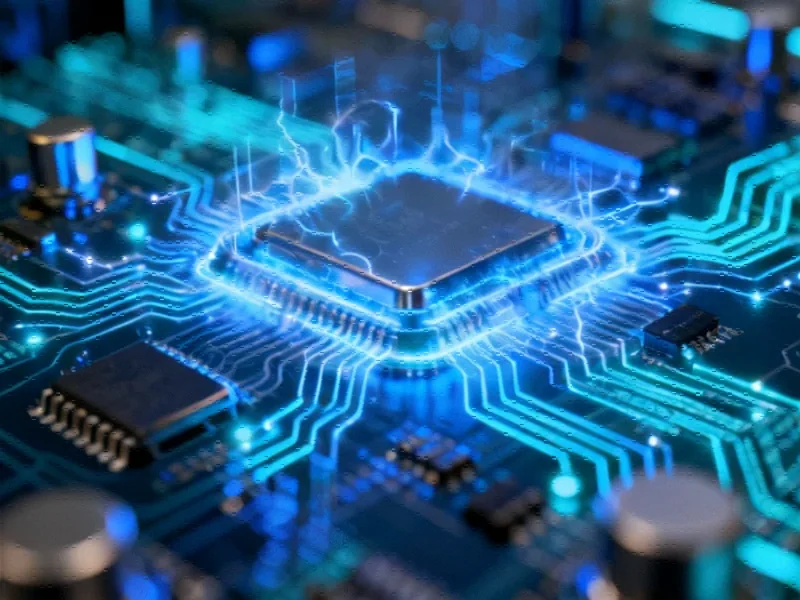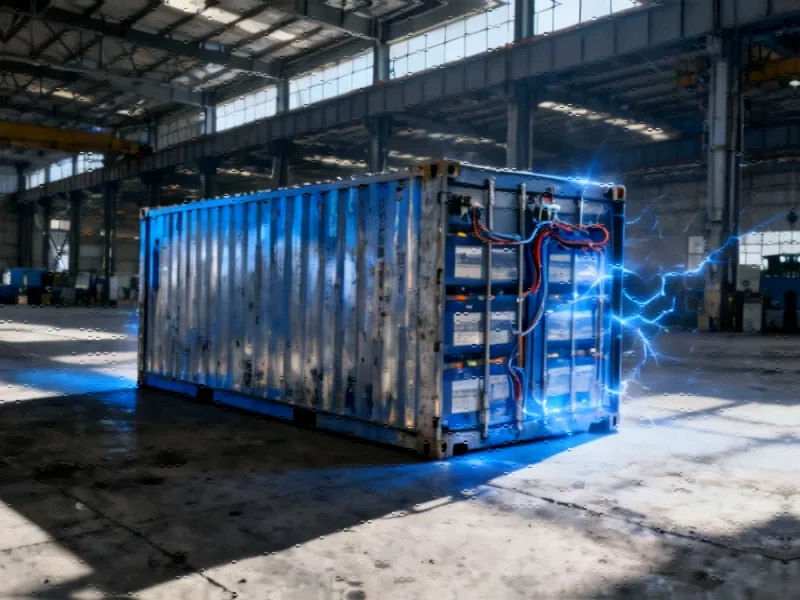Taiwan’s Growing Influence in Next-Generation Data Center Technology
The 2025 Open Compute Project Global Summit in San Jose became a showcase for Taiwanese technological prowess, with the island nation demonstrating its strongest presence yet at the international event. More than 20 Taiwanese companies, including industry leaders Delta Electronics, Lite-On Technology, and Wiwynn, presented groundbreaking innovations specifically designed to address the escalating demands of AI-driven data centers. This collective display positions Taiwan as a critical player in shaping the future of sustainable, high-performance computing infrastructure.
Automated Liquid Cooling Systems Take Center Stage
Thermal management emerged as a dominant theme throughout the summit, with Taiwanese manufacturers presenting sophisticated solutions to one of the most pressing challenges in modern computing. Auras Technology unveiled a fully automated liquid cooling system that represents a significant leap forward in data center maintenance. The system features cooling distribution units complemented by robotic assistants capable of refilling coolant without human intervention, creating what many observers described as a scene straight out of science fiction.
While this automation promises to reduce maintenance demands and improve operational uptime, industry analysts remain cautious about the cost-benefit equation for widespread deployment. The technology’s economic viability for average operators continues to be a subject of debate, even as its technical capabilities impress.
Meanwhile, Sunonwealth presented modular liquid cooling systems engineered to handle extreme thermal loads generated by AI training clusters. These modular approaches offer scalability that could prove crucial as heat densities continue to reach unprecedented levels in high-performance computing environments.
Power and Networking Innovations for AI Workloads
Beyond cooling solutions, Taiwanese firms demonstrated significant advancements in power infrastructure and networking hardware. Lite-On Technology introduced megawatt-scale data center power solutions that emphasize high-efficiency energy conversion, addressing the critical need for sustainable cloud operations as power demands skyrocket.
In the networking arena, Alpha Networks showcased a 1.6-terabit water-cooled network switch built on Broadcom’s Tomahawk 6 chip. This development highlights the broader industry trend of hardware adaptation to specialized AI workloads, where efficiency and performance must coexist within compact, thermally stable designs. These related innovations in networking infrastructure represent crucial enabling technologies for next-generation computing environments.
The Automation Revolution in Data Center Management
The integration of robotic systems and AI tools into cooling infrastructure demonstrates how far automation has advanced in data center management. What was once primarily a human-operated environment is rapidly evolving into a self-maintaining ecosystem. This transformation mirrors broader technological shifts occurring across multiple industries, where automation is redefining operational paradigms.
However, as industry analysts noted throughout the summit, technical capability doesn’t automatically translate to commercial success. The data center industry continues to grapple with fundamental questions about cost, complexity, and long-term reliability of these advanced systems. The path from prototype to widespread adoption requires careful consideration of operational economics and practical implementation challenges.
Sustainable Power Conversion Remains Central to AI Operations
Power conversion efficiency maintained its position as a central concern for sustainable large-scale AI operations throughout the summit discussions. As computational demands increase exponentially, the energy requirements of data centers have become a critical focus for both environmental and economic reasons. This emphasis on power efficiency aligns with broader industry developments in energy sourcing and management that are reshaping technological infrastructure.
The solutions presented by Taiwanese manufacturers specifically address this challenge through innovative approaches to power distribution and thermal management, creating more sustainable pathways for the continued expansion of AI capabilities. These developments occur alongside strategic market trends that see technology companies increasingly prioritizing energy efficiency in their operational planning.
The Future of Open, Sustainable AI Infrastructure
Led by Meta, the OCP Summit has established itself as a premier venue for unveiling open and sustainable designs aimed at powering large-scale AI systems. The 2025 event hosted several major players in the technology industry, including global giants such as Microsoft, Google, Samsung, Nvidia, AMD, Broadcom, Marvell, Cisco, and ARM.
Taiwan’s prominent role in this global conversation signals a significant shift in the technological landscape. The innovations presented—from automated cooling robots to high-efficiency power systems—demonstrate Taiwan’s growing influence in defining the next generation of data center architecture. As AI continues to evolve, the foundational technologies showcased at OCP 2025 will likely play a crucial role in determining the speed and sustainability of that evolution.
This article aggregates information from publicly available sources. All trademarks and copyrights belong to their respective owners.
Note: Featured image is for illustrative purposes only and does not represent any specific product, service, or entity mentioned in this article.



